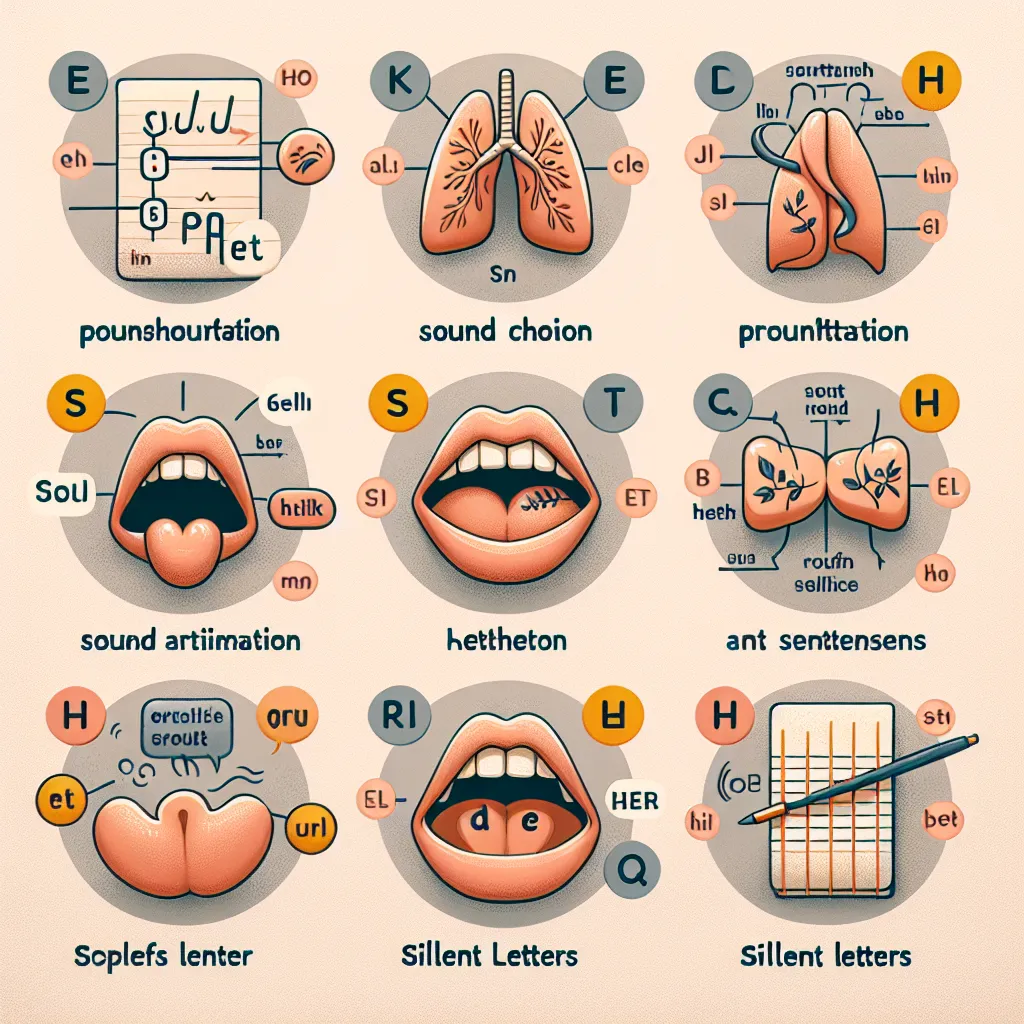Mastering English intonation patterns is a crucial aspect of language learning that can significantly enhance your communication skills and help you sound more natural and fluent. This comprehensive guide will provide you with valuable insights, practical tips, and effective strategies to improve your English intonation.
Understanding English Intonation Patterns
What is Intonation?
Intonation refers to the rise and fall of pitch in speech. It’s the melody of language that conveys meaning beyond just the words themselves. In English, intonation plays a vital role in expressing emotions, attitudes, and intentions.
Why is Intonation Important?
Proper intonation is essential for several reasons:
- Conveying meaning: Intonation can change the meaning of a sentence entirely.
- Expressing emotions: It helps listeners understand the speaker’s feelings and attitudes.
- Enhancing comprehension: Correct intonation makes speech more understandable and natural-sounding.
- Cultural integration: Mastering intonation helps you sound more like a native speaker.
 English Intonation Patterns
English Intonation Patterns
Basic Intonation Patterns in English
Rising Intonation
Rising intonation is commonly used in:
- Yes/No questions: “Are you coming?”
- Unfinished statements: “If you’re free later…”
- Expressions of surprise or disbelief: “Really?”
Falling Intonation
Falling intonation is typically used in:
- Statements: “I’m going to the store.”
- Wh-questions: “Where are you going?”
- Commands: “Sit down.”
Fall-Rise Intonation
This pattern is often used to express:
- Uncertainty: “I’m not sure…”
- Polite disagreement: “Well, actually…”
- Implied contrast: “The food was good, but the service…”
Strategies for Mastering English Intonation Patterns
1. Listen Actively
One of the most effective ways to improve your intonation is through active listening. Pay close attention to native speakers in various contexts:
- Watch English movies and TV shows without subtitles
- Listen to podcasts and audiobooks
- Engage in conversations with native speakers
Focus on the melody of their speech and try to identify the intonation patterns they use.
2. Practice Shadowing
Shadowing is a technique where you repeat what you hear immediately after the speaker. This method helps you internalize the intonation patterns:
- Choose a short audio clip (30 seconds to 1 minute)
- Listen to it several times
- Play it again and repeat each phrase immediately after the speaker
- Focus on mimicking the speaker’s intonation as closely as possible
3. Record and Analyze Your Speech
Recording yourself speaking English can be incredibly helpful:
- Read a passage or have a conversation in English
- Record yourself using your phone or computer
- Listen to the recording and compare your intonation to that of native speakers
- Identify areas for improvement and practice those specific patterns
4. Use Visual Aids
Visual representations of intonation patterns can be beneficial:
- Draw arrows above sentences to indicate pitch changes
- Use intonation marking software or apps
- Study intonation diagrams in pronunciation books
 Intonation Visual Aids
Intonation Visual Aids
5. Practice with Minimal Pairs
Minimal pairs are words or phrases that differ only in intonation. Practice these to refine your ear and improve your production:
- “She’s French.” (statement) vs. “She’s French?” (question)
- “I love it.” (enthusiastic) vs. “I love it.” (sarcastic)
6. Focus on Stress and Rhythm
Intonation is closely linked to stress and rhythm in English. Pay attention to:
- Word stress: “PROduce” (noun) vs. “proDUCE” (verb)
- Sentence stress: “I WANT to GO to the STORE.”
- Rhythm: Practice speaking in time with a metronome to develop a natural English rhythm
Common Mistakes in English Intonation
1. Using a Flat Intonation
Many learners speak with a monotone voice, which can sound unnatural and make comprehension difficult. Practice varying your pitch to avoid this issue.
2. Misplacing Emphasis
Incorrect emphasis can change the meaning of a sentence. For example:
- “I didn’t say he stole the money.” (Someone else said it)
- “I didn’t say he stole the money.” (I didn’t say it, but I might have implied it)
3. Over-exaggerating Intonation
While it’s important to use intonation, overdoing it can sound unnatural. Aim for a balanced, natural-sounding intonation.
4. Applying Native Language Patterns
Avoid transferring intonation patterns from your native language to English. Each language has its unique melody.
5. Neglecting Falling Intonation in Questions
Remember that not all questions in English use rising intonation. Wh-questions typically use falling intonation:
- “Where are you going?” (falling)
- “Are you going out?” (rising)
The Phonemic Chart and 10 Commonly Mispronounced Words
Understanding the phonemic chart can greatly aid in mastering intonation. Here’s a simplified version:
[Insert a simplified phonemic chart here]
Now, let’s look at 10 words that are often mispronounced, with a focus on intonation:
- Comfortable: /’kʌmftəbəl/ (not com-for-ta-ble)
- Development: /dɪ’veləpmənt/ (stress on the second syllable)
- Hierarchy: /’haɪərɑːrki/ (stress on the first syllable)
- Pronunciation: /prəˌnʌnsi’eɪʃən/ (stress on the fourth syllable)
- Photographer: /fə’tɒɡrəfər/ (stress on the second syllable)
- Vegetable: /’vedʒtəbl/ (three syllables, not four)
- Interesting: /’ɪntrəstɪŋ/ (three syllables, not four)
- Probably: /’prɒbəbli/ (three syllables, not four)
- February: /’februəri/ (not Feb-you-ary)
- Clothes: /kləʊðz/ (one syllable, not two)
Practice these words, paying close attention to stress and intonation patterns.
Conclusion
Mastering English intonation patterns is a journey that requires patience, practice, and persistence. By incorporating the strategies and tips outlined in this guide, you can significantly improve your intonation and overall English speaking skills. Remember to listen actively, practice regularly, and be mindful of common mistakes. With time and effort, you’ll find yourself speaking English with more confidence and naturalness.
For more tips on improving your English pronunciation, check out our article on pronunciation tips for improving English clarity. And if you’re interested in developing a more natural accent, don’t miss our guide on pronunciation tips for achieving a natural English accent.
Keep practicing, and soon you’ll be speaking English with the intonation patterns of a native speaker!




